Gender in Terra Ignota (Queership Repost)
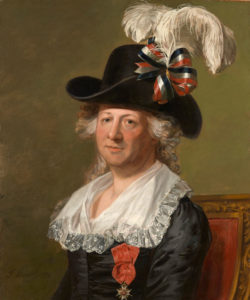
This is an essay I was invited to write in 2017 for the delightful spec fic blog Queersship, which has since ceased to exist, but many people have asked me to re-post the essay, especially now as the series finale is coming out. For a more recent (though less expansive) discussion of similar issues see my guest post on Nine Bookish Lives which asked me here in 2021 to discuss Terra Ignota and the question of “a future that doesn’t see gender.”
Going Deep into the Gender of Terra Ignota
First I want to thank Queersship for inviting me to write about gender in my Terra Ignota series, since gender stuff is probably the part of the book that took the most time and effort word-by-word. (Well, the Latin and J.E.D.D. Mason’s dialog were literally more effort per word, but there is a lot less Latin in the book than there are pronouns…)
I want to talk separately about two levels of what the book does with gender:
(A) the larger world building, and (B) the line-by-line pronoun use.
On the line-by-line level the series uses both gendered and gender neutral pronouns in unstable and disruptive ways, designed to push readers to learn more about their own attitudes toward gendered language as they grapple with seeing it used so strangely and uncomfortably. On the macro level, the series presents a future society which is neither a gender utopia where all our present issues have been solved, nor an overt gender dystopia like The Handmaid’s Tale, but something both more difficult to face and, in my view, more realistic: a future which has made some progress on gender, but also had some big failures, showing us how our present efforts could go wrong, or stagnate incomplete, if we don’t continue to work hard pushing for positive change.
At the beginning of Too Like the Lightning the main narrator, Mycroft Canner, addresses the reader directly, asking “forgive me my ‘thee’s and ‘thou’s and ‘he’s and ‘she’s, my lack of modern words and modern objectivity.” We soon learn what this means: in the 25th century world of Terra Ignota, people have no assigned sex, practically all clothing and names are gender neutral, English has stopped using gendered pronouns, and normal dialog always uses the singular ‘they.’ But in the narration Mycroft assigns gendered pronouns to people based on his own personal opinions of which gender suits their personalities. Mycroft insists that his history won’t make sense without the “archaic” tool of gender, a claim which invites the reader to judge Mycroft’s decision to do this, and to think about how this use of gender manipulates us and the narrative. So, Mycroft uses ‘he’ and ‘she’ in narration, while most characters use ‘they’ in their dialog. But this is more than Mycroft reviving the gender binary in a genderless world, since Mycroft applies gender in idiosyncratic ways no one would today—just as authors today who use ‘thee’ and ‘thou’ in literature practically never use them as they were actually used in pre-modern English. Mycroft’s understanding of ‘he’ and ‘she’ has nothing to do with biological sex, or anything we can recognize from how our society uses the words today, and learning about how Mycroft uses gender is our first window into the strange gender attitudes of the world he is trying to describe.
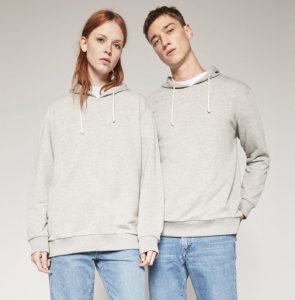
World Building: An Age of (Gender) Silence
I want to talk about the larger world building before I go more deeply into Mycroft’s pronoun use. We learn early in Too Like the Lightning that the gender neutral language of this 25th century is not the result of society’s efforts toward inclusiveness finally succeeding, but the result of global trauma and severe censorship. In the twenty-second century a global conflict called the “Church War” devastated much of the Earth, and in the aftermath both religious discourse and gendered language were forbidden, by severe taboos and censorship laws. Using ‘he’ and ‘she’ is not just outdated in this world, it’s completely disallowed, and discussing religion without a state-licensed chaperone is a severe crime.
This element of the world is intentionally polarizing for my readers, creating a future that feels like utopia to some and dystopia to others. A world where family members are forbidden to discuss religion with each other may feel liberating to anyone who’s had nasty interactions with proselytizing parents, but oppressive to anyone who values religious community and heritage. Similarly a world where ‘they’ is the only permissible pronoun may feel liberating to some who see it as an escape from the current binary, but feels oppressive to anyone (whether cisgender, transgender, nonbinary, gender-nonconforming, or something else) who strongly desires to express gender, considering gender an important part of identity and wanting to be acknowledged with the pronoun of their/his/her/zir/its/etc. choice. But in the world of Terra Ignota, even Sniper—a character who actively prefers the ‘it’ pronoun because Sniper wants to dehumanize itself and be treated as a living doll—is denied the right to be ‘it’ if it wants, just as others are denied ‘he’ or ‘she.’ One of my big goals in creating this polarizing world was for readers to discuss their reactions with each other, exploring how one person’s utopia can be another’s dystopia, and exploring the tensions between our different ideals of religious freedom and of gender liberation—tensions we need to understand and address as we work together in the real world to create inclusivity which will work, not just for some people, but for everyone.
Our narrator claims in the text that this forced global silencing of gender and gendered discourse has resulted in a false gender neutrality, that under the surface people in his world still think in terms of binaries, and that inequality continues, just without anyone being willing to admit it. Real gender progress stopped short under the silence, so the society kept unconsciously passing on forms of gendered thought and inequality, not because they’re somehow ineradicable or biologically ingrained, but because the abrupt end of dialog meant no one was working to eradicate them, so they continued to be passed on. In a world that insists gender is gone, no one is doing studies on the pay gap, or discrimination, or gender ratios of politicians, or analyzing fiction for how it presents gender. Since the society declared that the big problems were solved, no one is watching for the effects of gender on the world anymore, so no one perceives those smaller problems which haven’t been solved, or tries to address them.
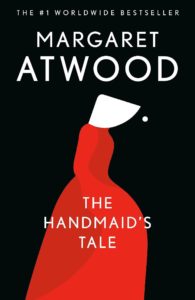
This is one of several threads in the series which press beyond the question “Does the end justify the means?” to another question: “Does a bad means poison the end?” Is gender equality achieved through censorship so problematic in itself that it might harm efforts toward true equality more than it helps? Is forced silence in the name of progress actually an enemy of deeper progress?
Put another way, in Terra Ignota I wanted to show a world that botched the endgame of feminism and gender liberation. Sometimes you hear people say things like, “Feminism is done, women have equal rights under the law, so we don’t need all this gender discussion anymore.” It’s a strategy people use to try to shut down discourse. But gender progress isn’t done. We’re only beginning, through psych studies and research, to understand how we unconsciously pass on gendered behavior patterns to children. We’ve only just realized how much we’ve been drowning our kids in stories where women have less narrative agency than men, and where ‘boy’ and ‘girl’ are harsh, unquestioned binaries. We’re only just beginning to produce new works that do better. Transgender and nonbinary gender rights and representation are in their infancy. And realistically in fifty years, with many legal battles won, these processes will still be in their infancy. Olympe de Gouge wrote her Declaration of the Rights of Woman and of the Female Citizen in 1791, yet female suffrage didn’t gain momentum until the late 1800s, and we’re still struggling to make an equal space for women in politics even now. But imagine if feminist discourse had shut down in 1960 when the last Western nations adopted women’s suffrage. If we’d stopped the conversation then, declared that to be victory, then no one would now be doing things like watching the pay gap or writing feminist literature, and progress would slow to a crawl, or possibly stop entirely. And the same could happen to other forms of social progress (race, ableism) if their conversations are shut down. So, as a rebuttal to those who say feminism is finished and should stop, and who will in the future say that other movements like the transgender movement are finished and should stop, I wanted to depict a world where these conversations did stop, where silence fell in the 2100s, and we see the bad effects of that stagnation still affecting the 2400s.
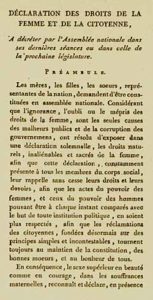
Pronouns: ‘Thee’s and ‘Thou’s and ‘He’s and ‘She’s
As for Mycroft’s line-by-line narration, one challenge I posed for myself in these books was writing from the point of view of a narrator so immersed in his world that he is inept and clumsy at critiquing it. I’m a historian, so, from reading historical documents all the time, I’m acutely aware that it’s incredibly difficult it is to start a conversation about an issue one’s society has silenced. When we read early feminist or socially progressive works, like Olympe de Gouge, or Mary Wollstonecraft, or Voltaire, or even Plato’s Republic (which argues that male and female souls are fundamentally the same; proto-feminism in 300+ BC!), we admire some of their ideas but often find their actual discussions of the subjects painful to read. Authors so early in the discourse tend to be so saturated with the outdated prejudices of their eras that a lot of those prejudices leak through, even as they seek to battle them. You see people fighting for women’s rights while voicing deeply sexist ideas about the attributes or role of women, or calling for the rights of people of color while using the condescending, infantilizing racist language that saturated the 1700s and 1800s. First generation members of a movement nearly always express themselves ineptly by the standards of their successors, because, when there has been no critical conversation about a topic, it is very hard for the first critics to get a good perspective on it.
So in framing my tale of the 25th century as a historical document, written by someone in the period, I decided to have that fictional author be limited by how plausibly difficult it would be for someone to start seriously discussing gender again when no one had done so in 350 years. And I chose to model the narration on 18th century narration partly because 18th century critiques of gender are brilliant-yet-inept in precisely the way I wanted to examine. Giving my narrator the sophisticated terminology of the 21st century would have made it too easy for his critique to become comfortable for us. Mycroft Canner, and also all the other characters we hear discuss gender in the books, all have deeply bizarre, twisted, and by our standards unhealthy ideas about gender. Because realistically that’s the best I think people could do as a first step in a world so wracked by silence, just as Plato and Mary Wollstonecraft’s works were the best they could do in their own eras. It’s disorienting reading Mycroft’s discussions of gender, and seeing his strange and uncomfortable attitudes, and the other characters who address gender are generally just as uncomfortable to us. And that discomfort pushes the reader to distrust all the pronouns and all the gendered language, to try to cut through Mycroft’s distorting perspective, much as we have to do when trying to get past the bias in real historical documents. It shows just how difficult it could be to restart these conversations after silence, which I hope will strengthen readers’ commitment to keep on pushing, writing, talking, and critiquing. To make sure silence doesn’t fall.
Thus, my narrator Mycroft, struggling to express himself, resorts to using ‘thee’ and ‘thou’ and also ‘he’ and ‘she’, assigning ‘he’ and ‘she’ based on which gendered archetype he associates with a character’s personality and actions, regardless of appearance. Mycroft’s gender categories are very idiosyncratic, and we learn about him by observing them, much as in Star Wars we learn a lot about Darth Vader observing how he uses ‘thee’ and ‘thou’. To start with, Mycroft’s own attempt to stick to a gender binary quickly breaks down. For some characters gendered pronouns fit easily, and do indeed help the reader make sense people’s actions, as when we deal with Heloïse, a nun whose religious vocation is deeply steeped in traditional ideas of gender, and who very consciously embraces an identity as ‘she’. For other characters, gendered pronouns are such a mismatch that even Mycroft resorts to ‘they,’ as with the human computer Eureka Weeksbooth. And for yet other characters Mycroft assigns gendered pronouns but they feel so irrelevant that there would be no change if one reversed them, as with the otherworldly Utopians Aldrin and Voltaire. (I’ve sometimes had readers forget what pronoun Mycroft gives each of them—I’m so proud when people forget!) As the series advances, Mycroft sometimes switches pronouns for a character, or apologizes to the reader for having trouble finding the right gender fit. For some characters, physical descriptions make it clear which sex the character’s body appears to be (Mycroft will mention a beard, or breasts, or genitalia) so the reader knows whether the sex matches the pronoun, while for other characters the reader is given no clue to the character’s appearance or biological sex other than the pronoun assigned by the narrator. All this strangeness aims to make the reader hyperconscious of the pronouns, and of the ways gendered pronouns mislead, clarify, distort, help, and harm.
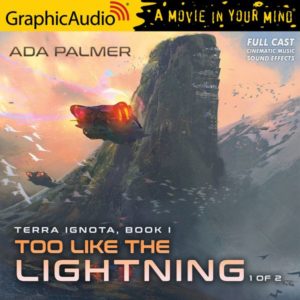
Some readers have told me that the book’s use of pronouns changed how they felt about the singular they, that they’d disliked it before, thinking of it as a distortion of grammar, but that Too Like the Lightning helped them see for the first time how manipulative binary gender pronouns can be, how ‘they’ can be a valuable and liberating alternative. (This was one of my big goals!) Other readers have told me they were surprised to find themselves obsessing over the ‘real’ genders of the characters whose genders aren’t clear, painstakingly tracking every hint in physical descriptions, and that discovering that they were doing this helped them realize for the first time how much they really do judge characters differently based on gender. (This was another big thing I hoped to help make readers conscious of.) Some readers have said they were particularly fascinated by their reactions to the characters whose physical descriptions clearly don’t match their pronouns, that for some characters they found themselves thinking of the pronoun as the ‘real’ gender while for other characters they thought of the physical description as the ‘real’ gender, and that this made them rethink how they understand the relationship between gender and bodies. (Brace yourselves for books 3 and 4, where things get even trickier!) I’ve been particularly touched when readers have told me that the books helped them gain more respect for the transgender movement and for transgender, nonbinary, and gender-noncompliant people, understanding at last why many people want so badly to be able to choose their pronouns and genders for themselves. (So proud when people have that reaction!)
In contrast, a couple of readers have told me they felt they didn’t get much out of the book’s strange use of pronouns, that it just replayed for them the familiar (and often painful) problems of assigned sex and the current gender binary. Writing intentionally uncomfortable fiction like Too Like the Lightning is high risk. For some people it hits too close to painful areas and just hurts instead of being productive. For others it’s too rudimentary, spending a lot of time demonstrating the manipulative effects of pronouns which many readers are already very conscious of. But other readers are not so conscious of them. Right now F&SF readers, and readers in general, vary enormously in how much we’ve thought about gender, about binary and non-binary gender, about transgender and cisgender, about intersex and agender—some readers live and breathe these issues every day, while others have just dipped a toe into the conversation. With readers in so many different places in that conversation, a book which one group of readers finds stimulating and productive may totally fail for another group. I know some readers have found the first book painful in a bad way, and whatever my intentions that pain is real and I’m sorry I caused it, that try as I might it was too difficult walking the line between the productively painful (1984 and A Handmaid’s Tale are very painful) and the unproductively painful. But I hope this essay will at least help those readers who found it too painful see that I was aiming for something constructive, even if, while I hit the mark for some readers, I missed it for others. And I agree 100% with my (amazing!) fellow Hugo finalist Yoon Ha Lee’s comment that it’s important that we accept works that try hard to address difficult topics, even if they don’t succeed as perfectly as we would like, because we don’t want to scare people off from trying. (And I can’t tell you how proud I am to be part of such an incredibly diverse group of fellow Hugo finalists!)
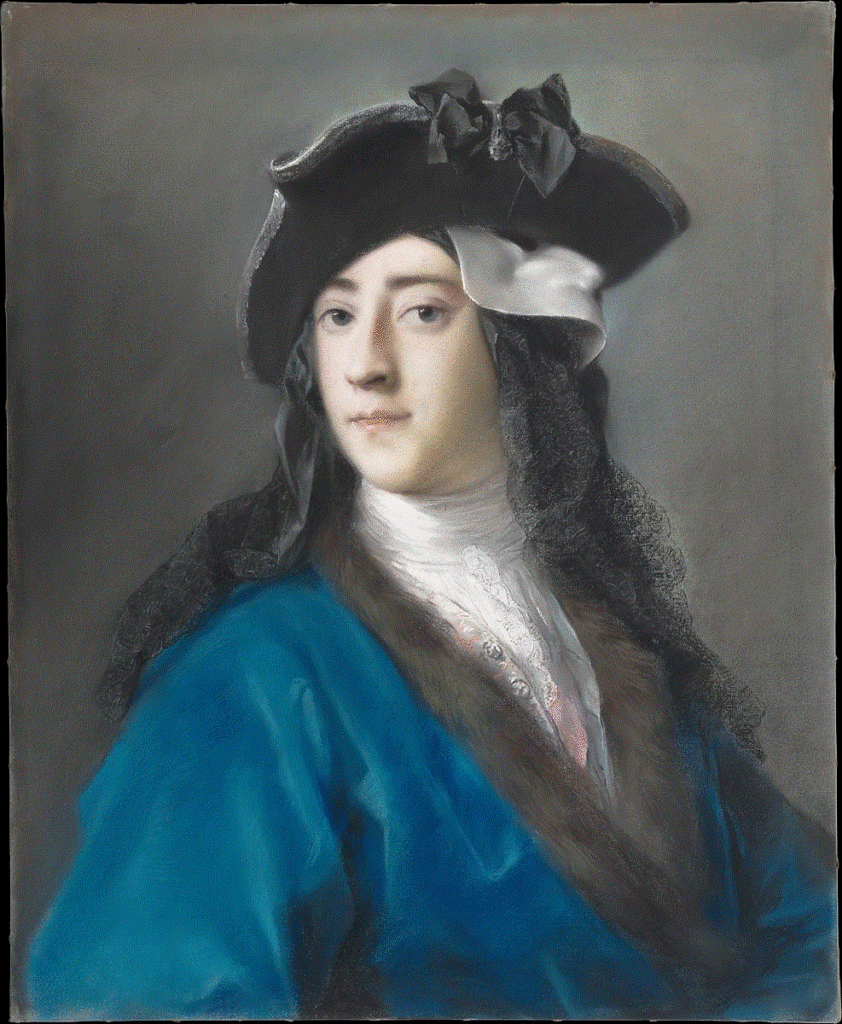
Writing Mycroft’s inconsistent pronoun use was also a fascinating learning process for myself as an author. First, I worked out carefully what Mycroft’s own ideas about gender were, what characteristics would make him choose ‘he’ or ‘she’ for someone. Then, when I had mostly outlined the series, I went through and read over the outline in detail three times for each of the thirty-four most important characters (more than 100 rereads total), once imagining the character as “he” in the narration, another time as “she,” and a third time trying to think of the character without gender. For some characters I did more than three passes, when I decided to try something even more unusual with gender. My goal was to see how each character’s arc might feel different with a different pronoun. Some characters’ arcs felt much the same regardless of gender, while, for other characters, actions or outcomes felt very different when gendered differently, suddenly falling into a cliché, or defying one. I learned a lot about my own attitudes toward gender by seeing when the pronoun made a big difference for me, and when it didn’t. By making myself live through the four book arc of Terra Ignota 3+ times for every character, I made sure that I was 100% clear on how Mycroft’s choice of pronoun might change the reader’s feelings and expectations about each character, so I could be sensitive to that as I wrote the actual books, and make use of its potential to disrupt expectations. In a few cases where I felt Mycroft would waffle about which pronoun to use, I took the opportunity to have him use the one which would make the character’s arc more striking, or to have him minimize gendered language for that character to create a nearly-genderless arc, as with Eureka, Mushi, Aldrin, and Voltaire. In the end I found this gender-swapping reread process so productive that now I’m doing it with every story I outline, even if I’m not planning to do much with pronouns, since it’s such a great way to discover new narrative possibilities, and to notice when I’ve slipped into a gender cliché.
Once writing was underway, I also spent pass after pass through the manuscript hunting for inconsistencies in my own pronoun use, correcting ‘they’s to ‘she’s, ‘she’s to ‘he’s, ‘they’s to ‘it’s, and ‘he’s to ‘He’s (for the character who capitalizes His pronouns). Some chapters I wrote more than once with different pronouns to see how they would feel each way. Switching so constantly totally broke the pronoun habits in my own head, so that it leaked out into all my other work. While working on these books, I’ve constantly had the editors of my academic articles complaining about how I was switching between ‘they’ and ‘he’ and ‘she’, and once (my favorite) I got the baffled question, “Why are you using ‘she’ for Jean-Jacques Rousseau?” (In Terra Ignota Rousseau is ‘she’ by Mycroft’s rules of gender, but it wasn’t easy explaining that to an academic journal!) And some chapters are narrated by other characters who don’t use gendered pronouns at all, so switching from narrator to narrator also took great care (but gives the reader a much-needed break from the disruptive pronouns). In the end, even with the giant team effort of (I kid you not!) thirty-six beta readers, plus the editor, copy editor, and page proofer all hunting for (and finding!) inconsistent pronouns, a few still slipped through into the printed version, moments a ‘they’ that should be a ‘he,’ or vice versa. The process was exhausting, and imperfect, but more than worth-it—I feel that every time a reader tells me that it helped them discover new aspects of how pronouns affect our thought, our culture, and themselves. (Yes!)
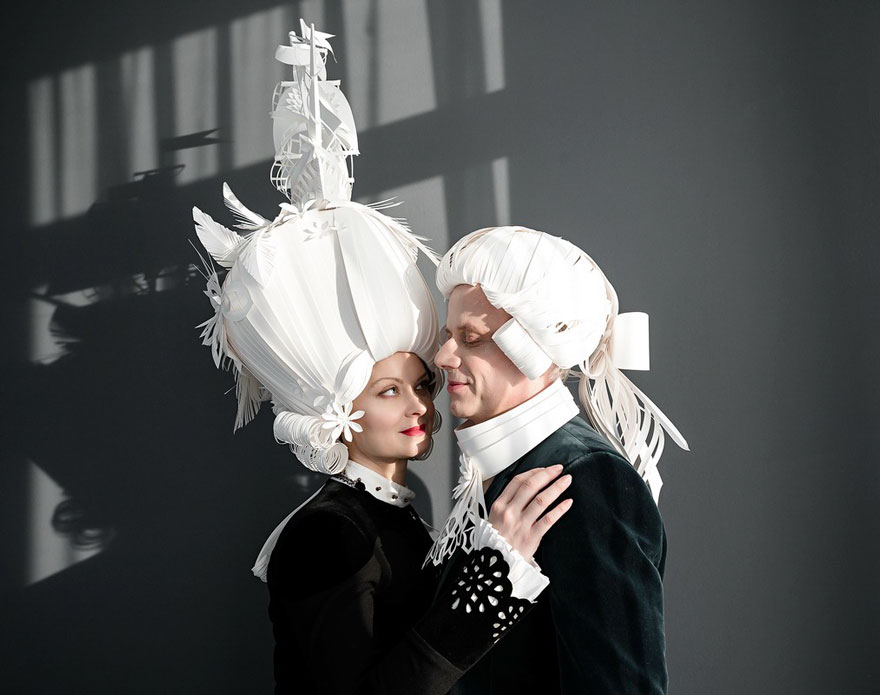
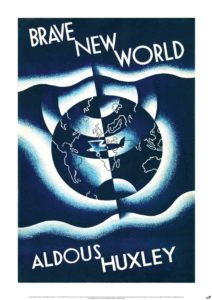 Between Utopia and Dystopia:
Between Utopia and Dystopia:
Terra Ignota is neither a dystopia nor a utopia—it’s a future that has taken two steps forward but one step back. It has a lot of things that feel Utopian: flying cars, a 150+ year lifespan, a 20 hour workweek, a Moon Base, long-lasting world peace. Maybe 80% of the attributes of this world are the stuff of Utopia. But it has a lot of things that feel dystopian: censorship, surveillance, “Reservations” (hello, Huxley), a resurgence of absolute monarchy, and the complete dissolution of our current political world. Gender is only one of many axes on which it presents a disorienting mixture of things we long for and things we dread. It’s not an easy read, not a comfortable read, not a safe read. For many (myself included) it’s a painful read. The more you love the good aspects of this future (and I love them dearly!), the more painful it is seeing the bad ones mixed in with them. I sometimes say Terra Ignota is the opposite of beach reading. And right now it’s especially difficult because, with only two books out, it isn’t finished, and a lot of things (especially with what path forward this world will take to address its problems with gender) are absolutely unresolved.
It’s also a harder read, I think, than pure dystopia. When we read 1984, and The Handmaid’s Tale, and V for Vendetta, and The Hunger Games, we know these worlds are terrible. We the readers, the author, and the characters can all cry out together in one voice: “No!” Something like Brave New World is more difficult, because there, amid the things we find abhorrent, we are forced to admit that we would be happier, in a pure pleasure-center-synapses-firing-per-lifetime sense, if we lived in Huxley’s world than in our own. That’s a painful thing to admit. But Huxley’s world strips away so much we value more than happiness that we can still cry out together: “No!” But what if it stripped away even less, and gave us even more? (ADDENDUM: see my 2021 essay on hopepunk for an expansion of this idea.)
By most metrics of how we evaluate civilizations, the civilization in Terra Ignota is the best era humanity has experienced in Earth’s history. It has no war, no poverty, no hunger, very little crime, very little disease, very little labor, long life, amazing toys and games, spectacular future cities, unprecedented political self-determination, no homophobia, no ecological problems or pollution, less racial tension, genuinely less gender inequality even though some lingers, and kids take field trips to the Moon. But it also has deep, deep flaws—not as deep as Brave New World, but deep. The series keeps coming back to a pair of questions, asked in different ways by several core characters: Would you destroy this world to save a better one? And its opposite: Would you destroy a better world to save this one? These aren’t questions about having two planets or two realities and blowing one up, they’re questions about history, and progress. Will the characters risk destabilizing this flawed-but-best-yet age of human civilization, risking the return of catastrophe and violence, in hopes of someday making an even better world? Or will characters try to prevent this society from changing to preserve how nearly-wonderful it already is? Destroying the possibility of a better future world to avoid endangering this already very good one? These are questions no utopia or dystopia can ask—only a hybrid of the two.
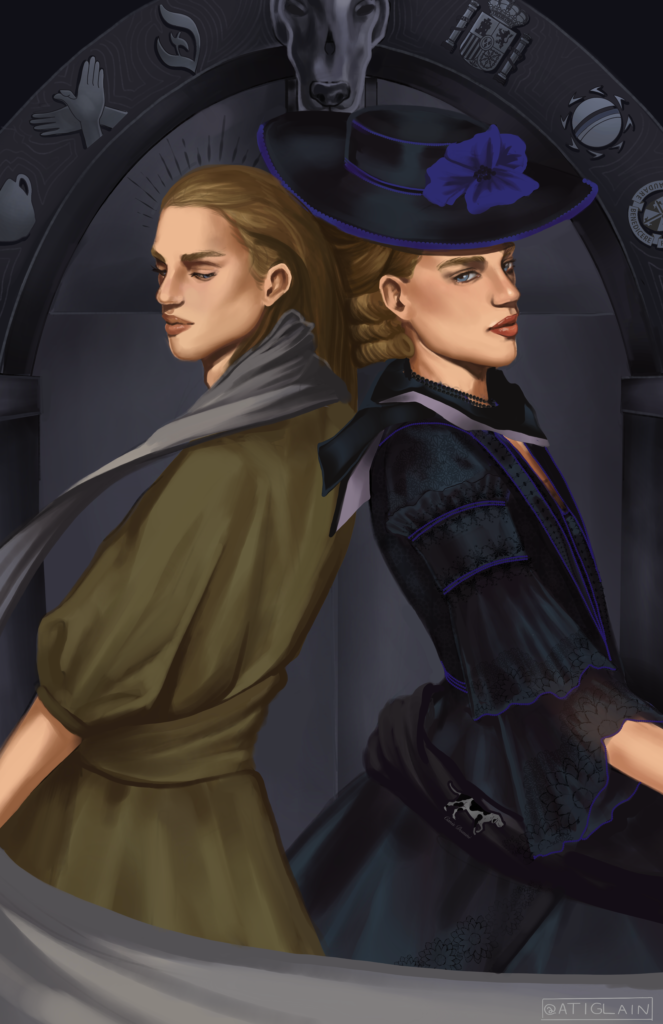
So that’s Terra Ignota’s gender project in a (rather lengthy) nutshell. I hope everyone will enjoy reading on to later volumes where the gender pronouns are disrupted even more, presenting new challenges and instabilities, and where we get to see this future society come face-to-face with its lingering gender issues, and seek a good path forward. And I hope readers will be patient as the four books come out. Some novel series are episodic, each adventure completing before the next, but some, like this one, really are one project so complex it can’t be told in 140,000 words. It needs 560,000. The society of Terra Ignota will have to face its newly-unsilenced gender issues, and its solution cannot be stasis, nor can it be reversion to the old binary. But, just as real world reform movements are shaped by events—disasters, recessions, crises, wars—I want to show how this one could be shaped by events, and take a different shape depending on those events. And those events need a lot of pages to be told.
Thank you for reading, and I hope you will continue to read and enjoy Terra Ignota, but I hope above all that many of you will go on to write your own new works (fiction and nonfiction) addressing gender, and these ideas, and others. Because the biggest goal is that discourse continue!
(Want to see more recent discussions? See my guest post on Nine Bookish Lives which asked me here in 2021 to discuss Terra Ignota and the question of “a future that doesn’t see gender.”)
7 Responses to “Gender in Terra Ignota (Queership Repost)”
-
Fascinating stuff. I must not care very much about gender because while I remember the plot of the books pretty well I can only remember a few characters’ pronouns and no biological genders that conflict with the pronouns.
This is really one of the best sci-fi settings ever for being a weird, very different society that’s not really a utopia but is still a major improvement over the present day. Somehow that’s a rare type of setting to create despite it being what history tells us to expect from the real future.
-
the highest profile sex/mycroftgender mismatches are Dominic & Papadelias. Mycroft calls both “he”, both are chromosomally XX
-
I’d include 9A in that list, even though I can’t remember if they were ever explicitly gendered, or if I just implictly read in 8A’s pronouns in the absence of explicit pronouns for 9A.
-
9A never receives a pronoun from Mycroft at any point in the text, not even ‘they’, Mycroft always uses “my successor” and never any pronoun. But we get some insights from 9A directly in the chapter “I Have to Move the Mountain.” Another figure conspicuous in that way from early on is Chagatai. There are others we learn new things about in book 4, but I don’t like discussing spoilers in so public a place. 😉
-
-
-
-
Two questions come to mind:
1. How if at all did the various editions of Le Guin’s _The Left Hand of Darkness_ (which I think of as the classic instance of science fiction playing with pronouns, but maybe you don’t?) influence your work on the Terra Ignota series?
2. What on earth is your Hungarian translator going to do with all this? 🙂
-
Not only the Hungarian translator, Finnish and Estonian also have gender neutral pronouns as standard!
-
-
[…] desire for power can never be a truly healthy society. (Queership has a terrific article abut Gender in Terra Ignota, which I recommend.) And how the world we leave for our children is a brand new set of diseases […]


